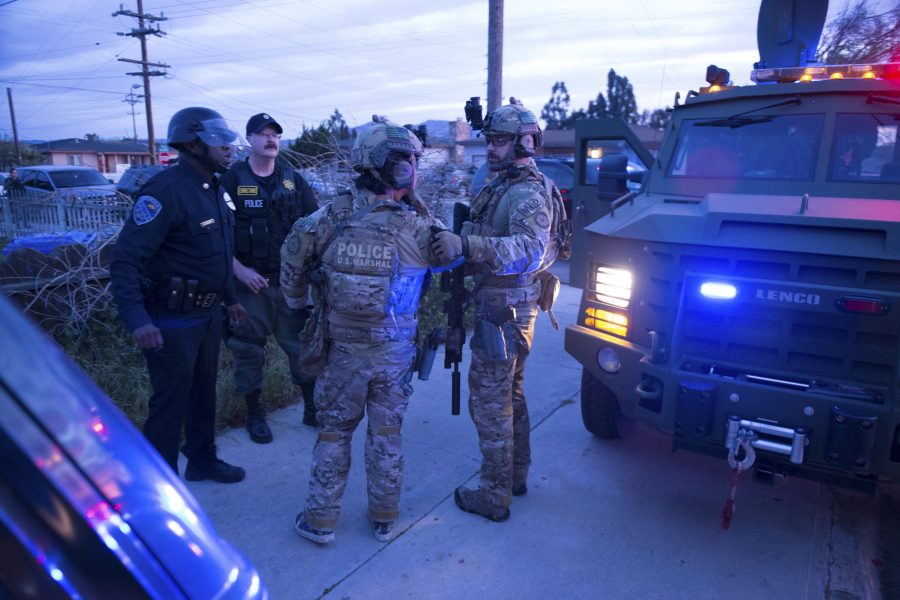The State of California has released its 2021 annual crime report and crime is up across the board. Of particular concern are the sexual assault statistics.
According to California Attorney General Rob Bonta’s office, “the rape rate increased 8.6 percent in 2021 (from 33.8 in 2020 to 36.7 in 2021)” per 100,000 people. That equates to 14,435 reported sexual assaults. This problem is particularly acute at California’s colleges and universities.
According to the National Sexual Violence Resource Center, 1 in 5 women and 1 in 16 men will be the victim of a sexual assault as a student. California’s universities and colleges enroll over 2.6 million students – 1.53 million women and 1.13 million men.
Based on those statistics, 306,000 women in California will likely be sexually assaulted at some point in their collegiate experience. Most of those sexual assaults were made possible because the victims were intoxicated – and in many of those cases that intoxicant was a drug.
The drugs most often associated with sexual assault are Rohypnol (commonly known as “roofies”), GHB (gamma hydroxybutyrate), and Ketamine. With street names like “Grievous Bodily Harm,” “Cat Valium,” and the “Forget Me Pill,” their use as date rape drugs is well known. All three are capable of rendering an unsuspecting victim confused, impairing their judgement and motor skills, reducing inhibitions, causing dizziness and confusion, and perhaps most insidiously – amnesia.
Perfect for rapists and a nightmare for their victims who are left with a lifetime of flashbacks, the short and long term consequences include physical injuries, possible transmission of STDs, and unwanted pregnancy.
Prior to 2014, the possession of all three drugs was a felony. In 2014, the passage of Prop 47 reduced penalties for the possession of all three date rape drugs, and in fact almost all drugs, for “personal use” to a misdemeanor. Personal use is defined as possessing a single dose quantity of a drug that is not intended to be sold or transferred. And yet, that quantity is enough for a would-be rapist to impair their victims.
All three are odorless and colorless and dissolve readily in liquid, making them ideal to mix in alcoholic drinks, particularly sweet drinks. This has necessitated that students be provided “safe drinking” education programs as part of their orientation to college life that include such lessons as:
- Don’t drink alone and always have a trusted friend with you.
- Don’t leave drinks unattended.
- Don’t cover drinks as it indicates you will return to finish them.
- Don’t drink from communal sources of alcohol.
- Don’t accept drinks from others.
- Don’t drink from containers you didn’t see opened.
Welcome to college.
Faced with increasing numbers of campus sexual assaults, in 2016 the State Legislature passed SB 1182 to increase the penalty for possession of date rape drugs to a felony – but only if they are possessed with the intent to use them to commit a sexual assault.
Now known as 11550.5 of the Health and Safety Code, the new law requires law enforcement to meet six legal burdens – all beyond a reasonable doubt – in order to convict an individual, including whether the defendant knew of the presence of the substance and its nature and character as a controlled substance, and whether they intended to use it to commit a sexual assault.
Despite the change in the law, these are hard crimes to win convictions as impaired victims are unlikely to remember what happened to them. With victims having limited recollection and without an independent witness, surveillance video, or a confession, all while the drug is still possessed by the suspect, there is little chance of conviction.
It’s a very difficult situation for victims and law enforcement.
Advocates of legislation like Props 47 and 57 perpetuate a myth that California’s prisons are full of non-violent drug offenders. In 2016, the year SB 1182 was passed, the prison population stood at 97,738 and just 4.8% of prisoners were incarcerated for drug crimes, for a total of 6,140 statewide.
Two other myths are that drug crimes are “victimless” and the people who possess these drugs are “non-violent.” Tell that to those who were victims of date rape due to being drugged.
Legislators and the Governor should consider that while it’s important to avoid overcrowded prisons or inhumane sentences, certain prosecution and short-term prison sentences can be effective deterrence. The possession of these dangerous drugs should be a felony.
Steve Smith is a senior fellow in urban studies at the Pacific Research Institute.


